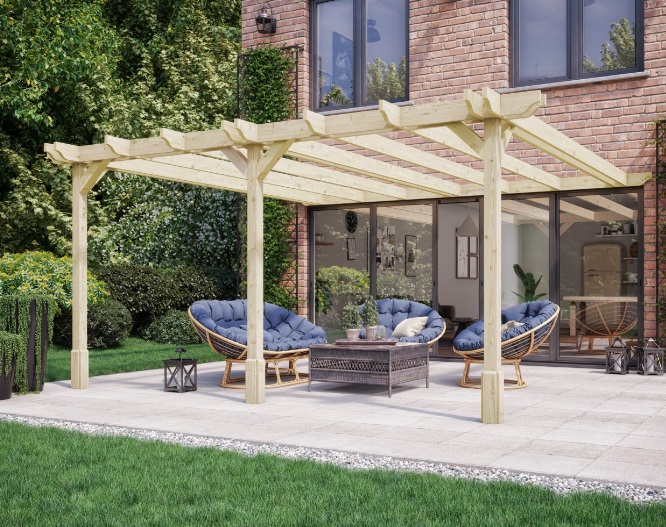Transform Your Outdoor Space: Composite Decking, Timber Decking, and More in Stirling
Creating a stunning outdoor space is no small task, but with the right elements and skilled professionals, your backyard can become an oasis of comfort and style. If you’re located in Stirling and looking to elevate your outdoor area, you’ve come to the right place. Whether it’s composite decking, timber decking, pergola installations, glass balustrades, or fence panels, we’ll guide you through the best options to enhance your outdoor living.
Why Choose Stirling for Your Outdoor Makeover?
Stirling offers a blend of natural beauty and urban charm, making it an ideal backdrop for stunning outdoor spaces. However, unpredictable weather patterns can take a toll on outdoor features. Choosing durable and stylish materials ensures your outdoor area remains functional and beautiful year-round.

Composite Decking Stirling: The Future of Outdoor Flooring
What Is Composite Decking?
Composite decking is a modern alternative to traditional wood decking. Made from a blend of recycled wood fibers and plastic, it offers exceptional durability, low maintenance, and a sleek appearance.
Benefits of Composite Decking
- Durability: Resistant to rot, warping, and insect damage, composite decking can withstand Stirling’s changing weather.
- Low Maintenance: Unlike timber, composite decking requires minimal upkeep. A quick clean with soapy water keeps it looking fresh.
- Eco-Friendly: Many composite decking Stirling options are made from recycled materials, making them a sustainable choice.
Top Trends in Composite Decking
- Natural Wood Look: Modern composite decking mimics the look of real wood without the hassle of maintenance.
- Multi-Tone Boards: Adding depth and dimension to your decking with multi-tonal boards.
- Integrated Lighting: Illuminate your deck with built-in LED lighting for a cozy evening ambiance.
Timber Decking Stirling: Classic Charm with a Modern Twist
Why Choose Timber Decking?
For those who love the timeless look of natural wood, timber decking is an excellent choice. Its warm and organic appeal can transform any outdoor area into a welcoming retreat.
Benefits of Timber Decking
- Natural Aesthetic: Timber’s organic texture and color make it a favorite for traditional and rustic designs.
- Customizable: Timber can be stained, painted, or treated to achieve your desired look.
- Affordable: Timber decking Stirling is often more cost-effective upfront than composite alternatives.
Caring for Your Timber Decking
- Regular staining or sealing to protect against weather and wear.
- Promptly addressing scratches or stains to maintain its beauty.
- Periodic cleaning to prevent the buildup of dirt and debris.

Pergola Fitters Stirling: Adding Shade and Style
What Is a Pergola?
Pergola fitters Stirling is a garden feature that consists of vertical posts supporting crossbeams and an open lattice. It’s perfect for creating a shaded area, defining outdoor spaces, or adding architectural interest.
Why Install a Pergola?
- Shade: Provides relief from the sun without fully blocking natural light.
- Versatility: Can be used for dining, lounging, or as a garden feature.
- Value Addition: Boosts your home’s aesthetic appeal and resale value.
Pergola Design Ideas
- Modern Minimalist: Sleek lines with metal or composite materials.
- Rustic Charm: Wooden pergolas paired with climbing plants like wisteria or ivy.
- Outdoor Dining: Pergolas with retractable canopies and integrated lighting.
Hiring professional pergola fitters in Stirling ensures precise installation and a long-lasting structure.
Glass Balustrades Stirling: Safety Meets Sophistication
What Are Glass Balustrades?
Glass balustrades are railing systems that use glass panels instead of traditional wood or metal balusters. Glass balustrades Stirling are an excellent choice for modern, open designs.
Benefits of Glass Balustrades
- Unobstructed Views: Perfect for showcasing your garden, pool, or surrounding landscape.
- Safety: Toughened glass ensures durability and safety.
- Low Maintenance: Easy to clean and resistant to rust or corrosion.
Applications of Glass Balustrades
- Decking edges for a seamless look.
- Balcony railings for a contemporary touch.
- Staircases to create an open, airy feel.
Fence Panel Fitters Stirling: Privacy and Protection
Why Invest in Quality Fencing?
A well-fitted fence panels Stirling does more than just mark your property boundaries. It provides privacy, security, and an aesthetic frame for your outdoor space.
Types of Fence Panels
- Wooden Panels: Classic and versatile, available in various designs like picket or featherboard.
- Composite Panels: Durable, low-maintenance, and eco-friendly.
- Metal Panels: Ideal for a modern or industrial look.
Benefits of Hiring Fence Panel Fitters
- Professional Installation: Ensures stability and longevity.
- Customization: Tailored designs to match your outdoor theme.
- Efficiency: Saves time and effort compared to DIY.
Combining Features for a Cohesive Outdoor Design
When planning your outdoor transformation, consider how these elements can work together:
- Composite or Timber Decking as the foundation.
- Pergolas for shade and structure.
- Glass Balustrades to enhance views and safety.
- Fence Panels for privacy and style.
Actionable Tips for Your Outdoor Project
- Plan Ahead: Define the purpose of your outdoor space—entertaining, relaxing, or gardening?
- Set a Budget: Allocate funds for each feature while keeping some room for unexpected costs.
- Hire Experts: Engage local professionals in Stirling for flawless execution.
- Maintain Regularly: Preserve the beauty and functionality of your outdoor features with routine care.
Why Choose Us for Your Stirling Outdoor Needs?
We specialize in providing high-quality solutions for composite decking near Stirling, timber decking, pergolas, glass balustrades, and fence panels in Stirling. Our team of experienced professionals ensures every project is executed to perfection, delivering results that exceed expectations.
Transform Your Outdoor Space Today
Whether you’re envisioning a sleek composite deck, a charming timber deck, a stylish pergola, or the elegance of glass balustrades, we’ve got you covered. And don’t forget the practical yet stylish touch of quality fence panels. With the right materials, designs, and professional fitters in Stirling, your outdoor space can become the envy of the neighborhood.
Contact us today to start your outdoor transformation journey. Let’s make your dream space a reality!





